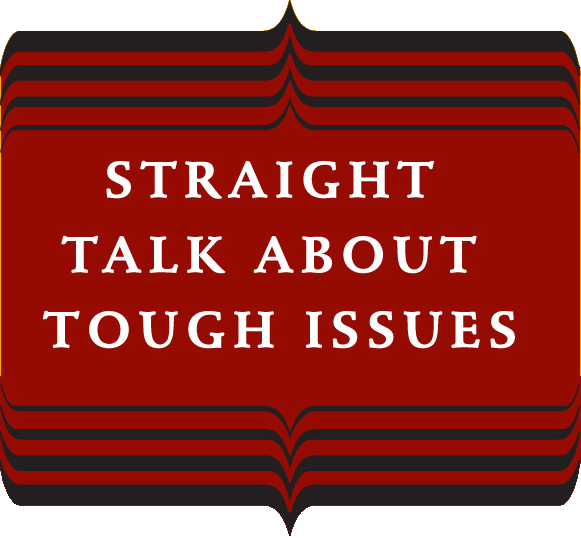It’s an interesting thought experiment to consider who profits when girls and women spend their energy and money on aesthetics, rather than their intellectual or personal development. There are many: the cosmetics and plastic surgery industries; surgeons, dentists, and technicians; fashion designers, writers and coaches; women’s magazines; weight loss programs and products; clubs and spas, manufacturers of uncountable hair and body products—all depend on and subtly endorse women’s belief that their natural or unaltered looks don’t quite measure up and need to be enhanced. And everyone affiliated with those who profit, from employees to spouses, probably shares that view.
Even those who don’t profit financially may benefit from the reinforcement of such a gender stereotype. Those men who are only interested in women as dress-up dolls benefit when women focus all their efforts on looking good. Women who approve of the sex roles of men as the lookers and women as the looked-at approve when their world view is endorsed. When we stop and think, there are not many people in a girl’s life who would discourage her from thinking of herself as a mindless dolly. Her parents possibly. Her brothers and sisters maybe. Her teachers hopefully. A true friend might, as long as she hasn’t been equally duped. This thought experiment demonstrates the size of the challenge we are up against.
I no longer see women’s preoccupation with their appearance as simply a waste of time. After a number of conversations and further reading on the topic this year, I now believe it’s a manifestation of economic exploitation and anti-intellectualism for women. Betty Friedan argued in The Feminine Mystique that television and the advertising industry joined forces in the fifties to separate women from their husband’s money. Women, even college-educated women, had returned home to be housewives after the war. Meanwhile technological advances, such as kitchen and laundry appliances, ready-made meals, and off-the-rack clothes had lightened the workload of a typical housewife, leaving her with significant leisure time. What’s a bored housewife to do? The TV offered a constant reminder: go shopping!
Fifty years later, much has changed, but we see again the downside of technological advances when they are used to separate women from money. Medical and surgical techniques now allow for minimally-invasive cosmetic intervention to modify women’s eyes, lips, nose, breasts, bottom, and previously unthought-of body parts. Injections, reductions, enhancements—almost any body part that you want made bigger or smaller can be put in play, literally from the top of your head to the bottom of your feet. Did you know that you can have surgery to rid yourself of cankles? And those procedures are expensive, costing in the thousands of dollars for minor and temporary effect.
Other parts of the appearance industry have also exploded—cosmetics, spas, health clubs, hair care, nail care, weight loss products. Every aspect of personal appearance has been carried to a new level in the new century. Despite our alleged new devotion to simplicity, maintaining our appearance, or our “presentation,” as one colleague described it, confusing me into thinking she was talking about her PowerPoint file, can be as time-consuming and money-consuming as we allow it.
And women are active and willing participants, happily handing over bundles of cash for products and procedures of questionable merit. I’d love to believe that their acquiescence to the pressure belies any exploitation, but just as women from the fifties didn’t realize how brainwashed they were until their bizarre behavior was viewed in hindsight, I believe it will take time before we are in a position to acknowledge that spending billions on our appearance is a waste of time, a waste of money, and a waste of intellect.
A $4,000 Purse
I talked about some of these issues at a women’s conference earlier this year with other attendees. A trainer who offers programs in WordPress, social media, and other tech topics complained to me about female entrepreneurs she knew who wouldn’t spend $25 on a class that would actually help their business, but she would then see them walk over and spend $100 on a bracelet. A business coach told me how frustrated she gets with her clients when they splurge on luxury items that they can’t afford. “You don’t need that $4000 purse,” she says to an imaginary client. Think how powerful the commercial forces must be that would provide the justification for such choices made by these women, who are poor both literally and figuratively.
A friend of mine would like to create a financial institution to help women plan and manage their expenditures on aesthetic procedures and beauty products. It would serve as bank, advisor, and go-between for its member clients and providers. Although the global beauty industry is gigantic, estimated to reach $265 billion annually by 2017, it’s probably even larger than we know because so many procedures are conducted in secret, or at least are not mentioned in polite society. My friend calls it “beauty shaming,” which reminded me of another friend who had commented about a woman’s mustache disapprovingly, “She should get that taken care of.” Her tone and judgment had surprised me—as though that was something we would all agree upon.
In my first book, in a discussion about appearance, I pointed out that some aspects of our appearance are not changeable, like our laugh or if we have bad teeth. My editor objected to the second example, commenting in a sidebar that if someone has bad teeth, she should get them fixed. The implication in these comments is that a) some physical traits are inappropriate for women and b) they should be altered by whatever means.
Somehow I don’t hear the same self-satisfied disapproving tone if a woman reveals her ignorance about an important topic, if she exhibits faulty logic, or if it becomes apparent that she doesn’t know what she is talking about. Nobody turns to whisper-mode and states that she should work on her intellectual skills, except Professor Higgins who, when complaining about women spending so much time on their hair, says helplessly, “Why don’t they straighten up the mess that’s inside?” Why not, indeed, Professor.
The Desperate Fight to Stay Young and Beautiful
My beauty expert also told me about another dirty aspect of the beauty industry that I previously had had no knowledge of. She explained that because many women want to keep their beauty expenditures secret, they try to hide those expenses from their husbands, either because they fear the ensuing argument or because, of course, she looks amazing year after year through no effort of her own. She’s just naturally beautiful and untouchable by the effects of age, or so they want their male partners to believe.
This led to an even more offensive revelation. If a woman lacks money of her own and lives as a homemaker, trophy wife, or mistress, in order to hide her beauty expenses from her male benefactor, she must disguise them as some other kind of purchase. If she’s on an allowance, it may not be ample enough to cover the significant expense of cosmetic surgery and treatments. She may attempt to purchase the services or products she desires by paying with a combination of cash, check, and gift cards. Gift cards are popular because they can be purchased at the grocery store, a charge that a snooping husband wouldn’t normally question, at least not until he reads this article.
The whole issue astounded me—the subterfuge, the notion of an allowance for an adult in this day and age, the shame, and the powerful motivation that would drive someone to engage in this behavior. I asked a friend of mine who owns a high-end clothing store in La Jolla if clients ever presented gift cards as a way to purchase goods. “Oh, don’t even get me started on gift cards!” she replied in aggravation. So this was a real thing after all.
It occurred to me that such a vulnerable woman has an incentive to make it appear as though she is ageless, despite secretly spending significant sums to maintain her looks. If she lets her guard down and lets her beauty decline, will she find herself dumped? Her livelihood could depend on this elaborate ruse. What a terrible position for her to find herself in, desperate to maintain her looks, lacking the funds to spend what she, and society, thinks she “should.”
Here is another example of how a woman can find herself held hostage by economics. Without her own income, and with the societal or individual pressure to spend money to maintain a certain appearance, a girl can definitely end up between a rock and a hard place.
How To Spend $100,000
A women’s magazine produced a survey a few years ago that indicated that an American woman will spend $15,000 on cosmetics during her lifetime. They reported this information dispassionately, just as an observance of fact, with no comment as to whether this was good or bad, which itself was revealing. I think that number is low—way low. Another study surveyed women about how much they spend per month on cosmetics, personal care, haircuts, beauty treatments, pedicures, etc. For 20-year-olds, the average was about $150/month, with some pretty significant variation ($80 to $300). Assuming you keep that up from age 20 to age 70, that represents $90,000. That doesn’t even count surgeries or the other interventions women begin to use once they reach middle age. Throw in some botox and a tummy tuck, and you’re easily over $100,000. Let’s change up the conversation and ask: If you had $100,000 to spend on the betterment of your mind, what would you do? Travel? Learn a language? Get a degree? Start a second career?
The potential benefit you would bring to the world is hard to estimate; it could be minimal, but it might be significant. If you make different choices about how to spend your $100,000, you alter the distribution of wealth (from hair colorists and surgeons to airlines and teachers, for example), but I’m more interested in the effect that $100,000 would have on our world because of your changed contributions. Through your travels, might you notice something interesting about Cambodian cuisine? Could you become an important translator/negotiator? Would you make an important discovery about how old people learn? Might you have a positive impact on a musical child?
Many of us would argue that we want to spend $100,000 on our appearance because it is a personal priority and makes us feel better. Here here. If it did really make us feel better, the $100,000 might look cheap compared to the amounts we spend on psychiatry and mood-altering drugs. The statistics don’t back that up however. For example, studies indicate that a woman who has had breast augmentations is two to three times more likely to commit suicide and three times more likely to die from alcohol and drug use. Not to mention the psychological damage done after the average 7 to 12 years when the breast implants fail, and she has to go through reparative surgery. It doesn’t mean that breast surgery causes depression, but it certainly shows that breast surgery doesn’t ward off depression. Each person is a special and unique case, but it’s worth looking at the statistics before we subscribe to the mindless notion that spending lots of money on our personal appearance will make us feel any better. That’s might just be something some ad exec wants you to think.
How To Spend $265 Billion
Let’s go back to that $265 billion number because that is truly an astonishing number. Since marketeers started tracking the size of the global beauty industry, it has been steadily growing because of the continued discovery of innovative products and procedures, like botox, permanent makeup, and cankle surgery. Market forecasters think there is no end in sight as more baby boomer American males are turning to plastic surgery to revamp their aging bodies and faces, and the Asian market is exploding as men and women buy products and procedures to make their skin whiter, their noses more Caucasian, and their eyes more Western, a genuinely depressing factoid.
So, how much is $265 billion? There are 500 million hungry or starving people in the world. The United Nations estimated in 2013 that ending world hunger would cost $30 billion a year, about 11% of our $265 billion.
More than half a million people died of malaria in 2013, most of them African kids, whose death rate is estimated at 1,200 a day. Scientists maintain that actual eradication of the disease, or at least controlling it to low levels, is within our reach with nets, vaccines, pesticides and treatment methods for mosquitos and human carriers. The cost? Strategists say that they need $6 billion a year for a global malaria action plan.
What else do you want to spend our money on? The United States has the largest homeless population of the industrialized world, including 1.6 million children. Last year, a study conducted by the Department of Housing and Urban Development determined that $20 billion a year would be required to end homelessness by 2020. Not to be outdone, a Canadian homeless expert calculated that $4 billion a year was needed for ten years to house the 235 thousand people who experience homelessness in that country.
So far, we’ve ended hunger, malaria, and homelessness in the U.S. and Canada, and we still have $200 billion left to spend! I’m not really suggesting that global social problems should be solved by private funds that we prefer to spend on our appearance. It is however eye-opening to realize how much money we are shoveling into the beauty industry. I feel compelled to mention that the annual U.S. military budget stands at $598 billion, but that’s another story.
Stop the Madness
While I was researching this article on the Internet, I was amused by how many times an ad for jeans, lipstick, or shoes would slide across my screen. It was a reminder of the constant pressure on women to spend money on fashion and beauty-related products. No wonder that as a gender we fall prey to spending more than would appear sensible. That said, we need to be alert to exploitative forces and recognize who is profiteering from our spending habits. When women are being coerced into dishing out more than they can afford, through advertising and societal pressure, someone needs to speak up in their defense. Today, I guess that person is me. Perhaps tomorrow it will be you.
©2016 Jennifer K. Crittenden

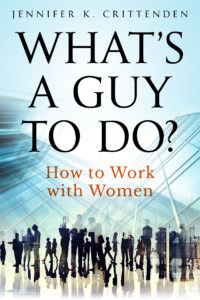

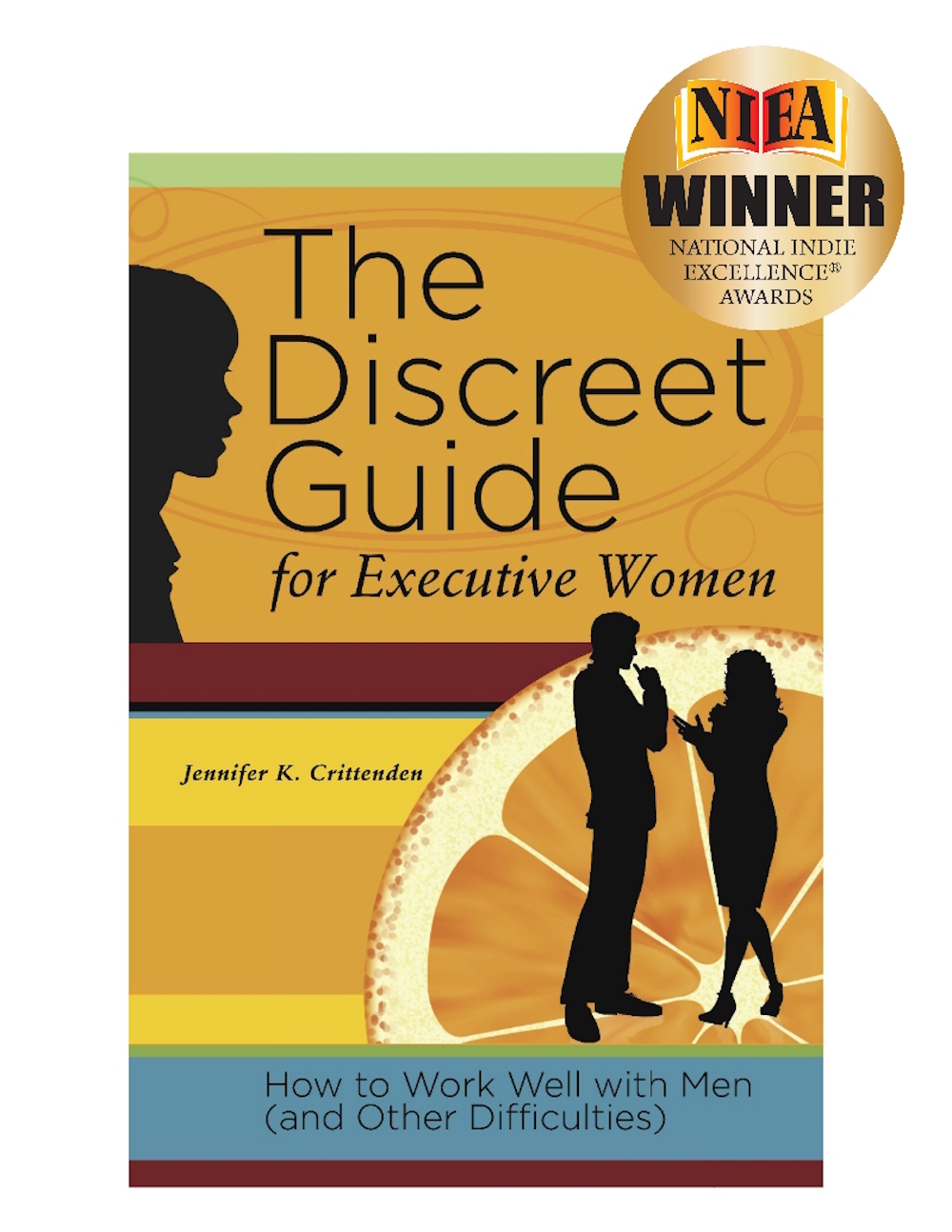
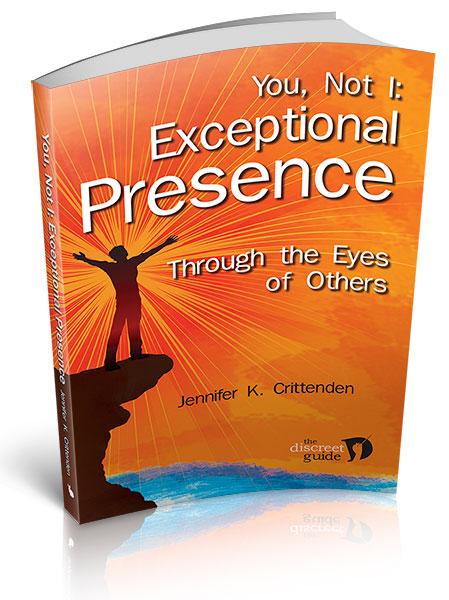
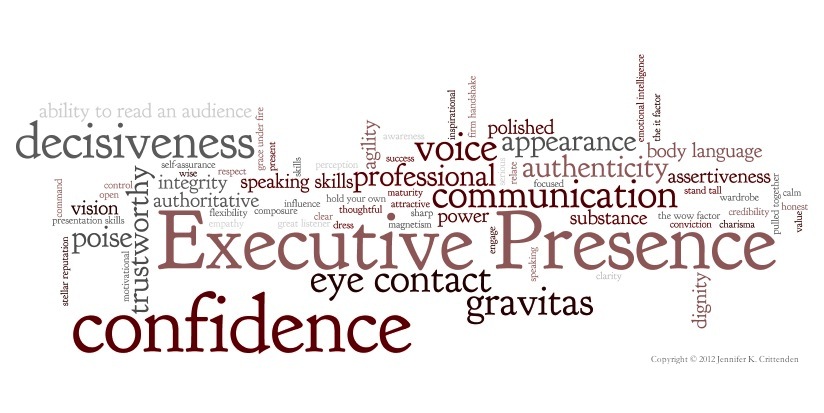 Ten 90-minute individualized sessions. Private and confidential.
Ten 90-minute individualized sessions. Private and confidential.

